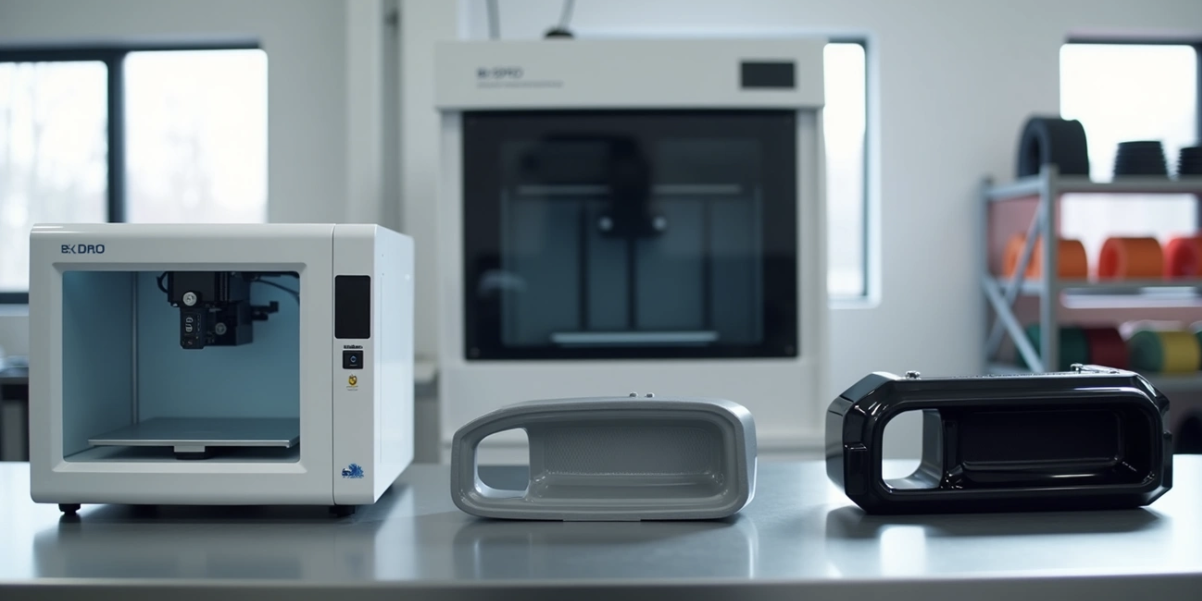The right material choice plays a significant role at this stage. The prototype’s materials should match those planned for production. To cite an instance, parts needing impact resistance require testing with materials like Nylon or TPU to match production part behavior.
Functional testing provides these additional benefits:
- Tolerance and fit verification before production commitment
- Custom test jigs and fixtures for consistent data collection
- Thermal and mechanical testing in intended environments
- Sample runs for assembly and field testing
Test results help refine designs quickly, with new prototypes ready in hours instead of weeks. Testing multiple variations at once lets us assess more designs, which leads to better final products.
Scaling To Production: Choosing The Right 3D Printing Technology
Design confirmation leads to a crucial choice about the best 3D printing technology for scaled production. Different additive technologies provide unique benefits that depend on your production goals, unlike traditional manufacturing methods.
Modern technologies like Selective Absorption Fusion (SAF) show great promise for high-volume manufacturing. SAF works with PA11 or PA12 nylon powder and delivers impressive build volumes (12.40 x 8.18 x 11.53 in). The system’s packing density can reach up to 45%, and it needs just 12 hours to complete a full build volume.
The P3 Origin One’s custom-built 4K light engine has also changed how resin printing works in production settings. This system projects entire layers in single flashes, which makes printing much faster than traditional methods.
Making The Business Case: Cost, Speed, And Competitive Advantage
Measurable returns on investment make the business case for additive manufacturing compelling. Many companies have recovered their 3D printer investments faster than expected. For example, the majority of manufacturers typically see full returns after printing only 5 parts of 3 different plastic injection molded prototype components.
Direct cost comparisons tell an impressive story. A brake lever that needs $2,865 in tooling costs for an injection mold prototype can be 3D printed with minimal overhead. Due to this, companies have revolutionized their production process. Parts that once cost $400 with two-and-a-half week lead times are now weekend printing projects.
Conclusion
The business case for 3D printing becomes clear. We’re at a turning point where this technology doesn’t just support traditional manufacturing, it redefines it completely. In comparison, it is similar to testing a casino online NL iDEAL. You can withdraw within minutes, saving time and preventing you from spending your winnings in the casino. Companies who invest in 3D printing get their money back within weeks, not months or years.
Real examples show how these technologies quickly pay off. On top of that, it cuts down waiting times, giving businesses a vital edge in today’s ever-changing markets. The numbers tell it all. Market growth doubles every three years.
Sponsored article


Recent Comments